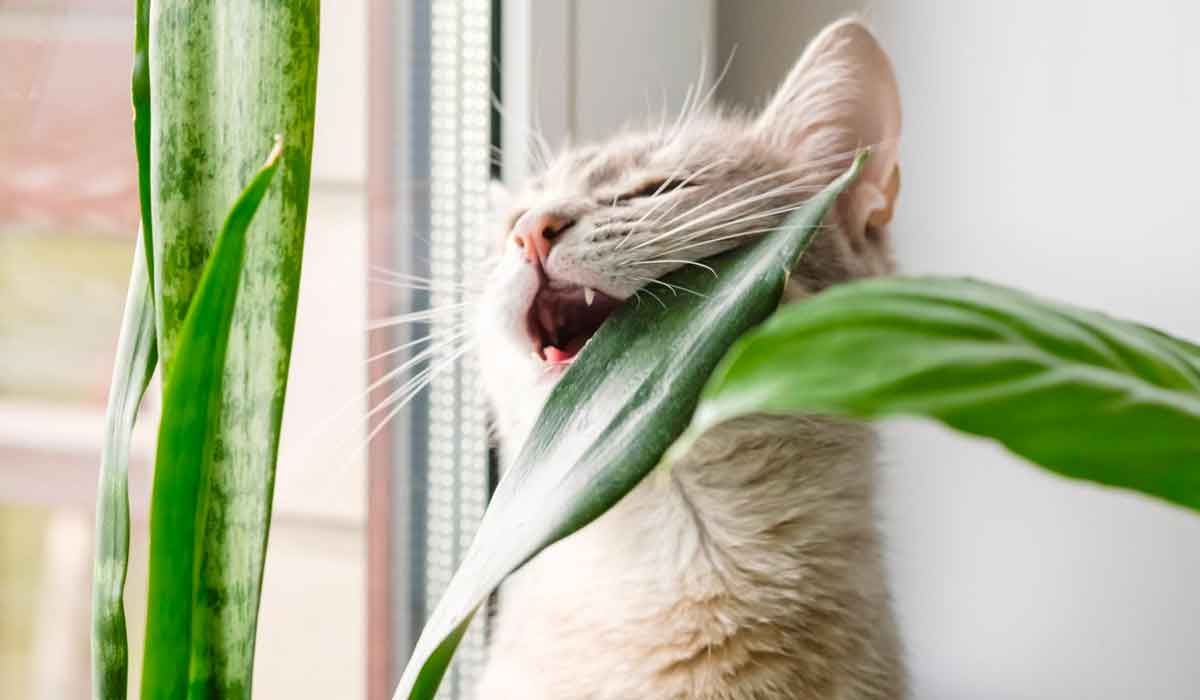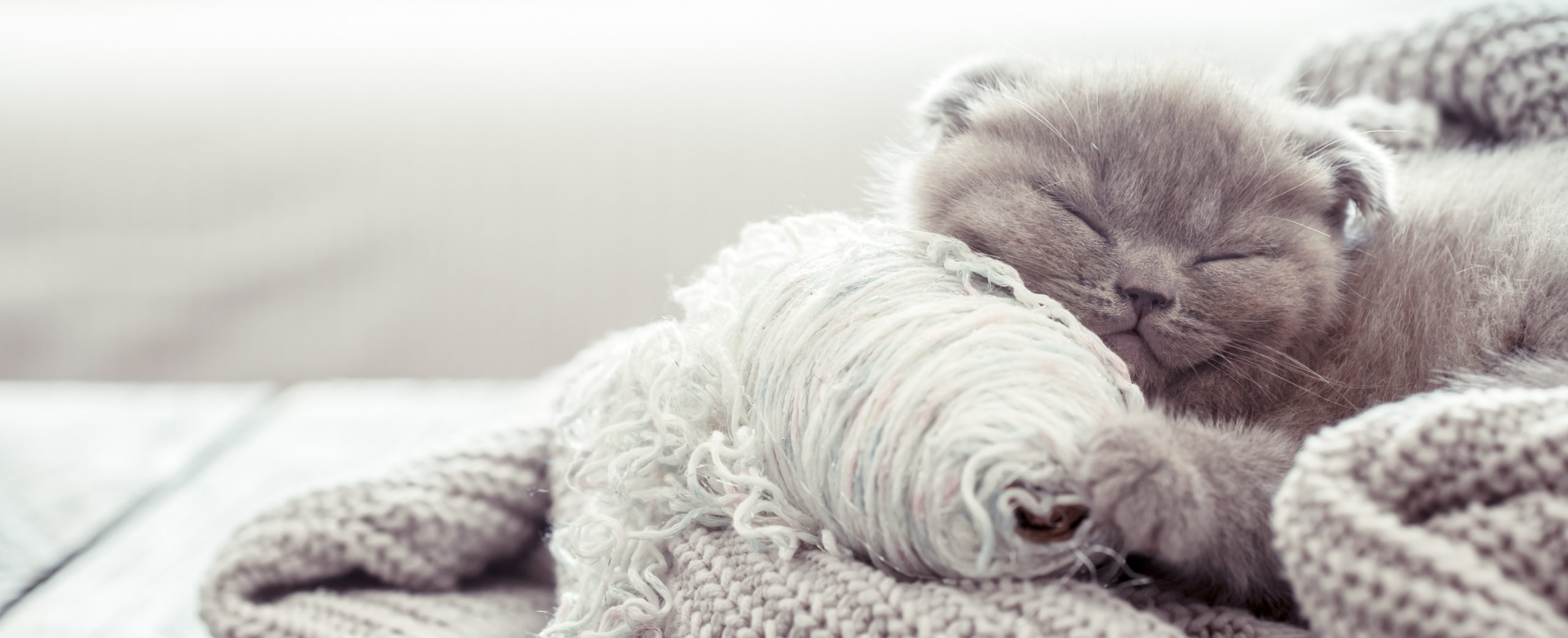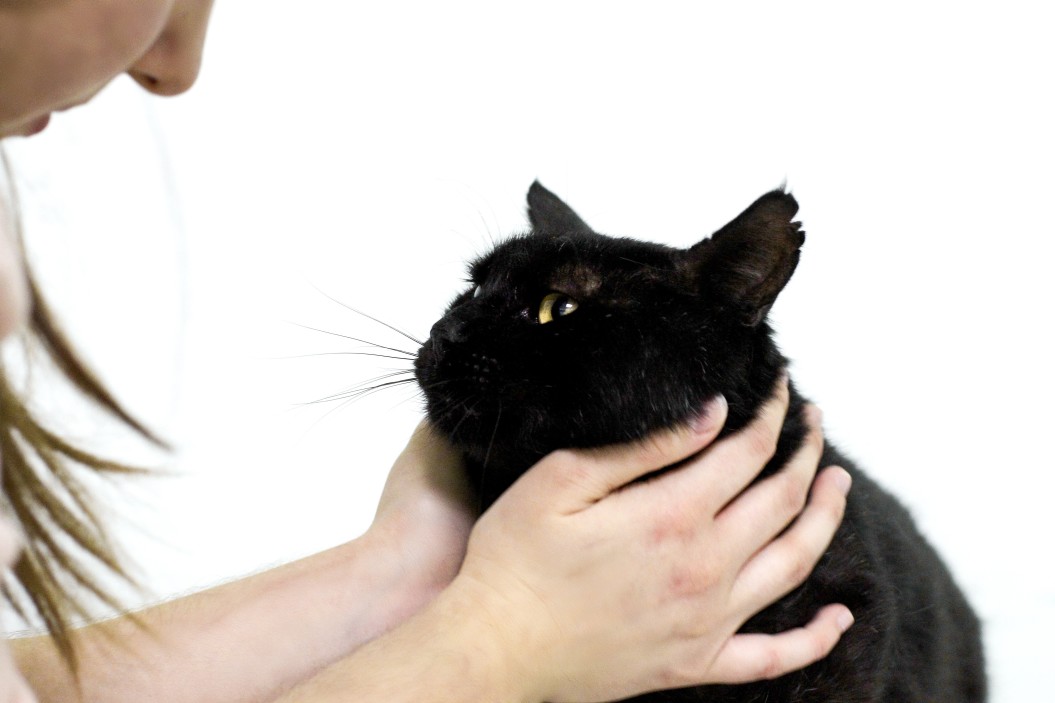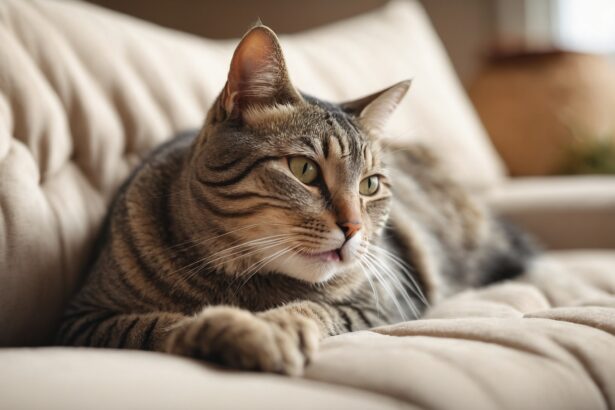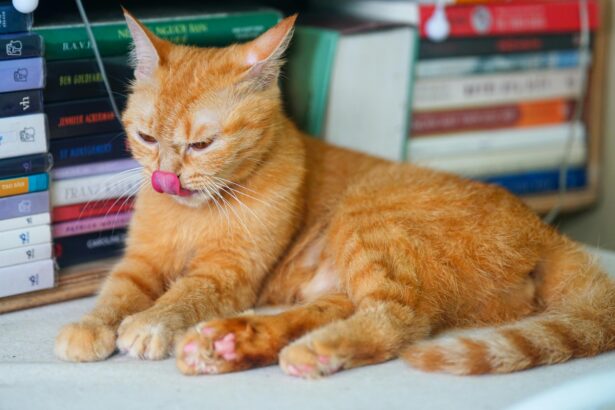Houseplants, bouquets, a pretty garden… and a curious whiskered roommate. If your cat loves to nibble leaves between naps, you’re not alone. Some plants are harmless. Others? They can be seriously dangerous for cats.
Whether your kitty is bored, craving attention, or just being, well, a cat, a few bites of the wrong green can lead to real trouble. Let’s make your home both beautiful and safe for your little jungle explorer.
Why do cats chew plants (and what’s the deal with grass)?
Cats are strict carnivores, so their digestive system isn’t made to process plants efficiently. Yet many cats nibble on grass because it helps move hairballs and other “indigestibles” along.
The flip side? Grass can irritate the stomach lining and cause vomiting. It’s messy but usually harmless—unless the plant is toxic. If you often find little puddles around the house, here’s a helpful read on why cats vomit and what you can do.
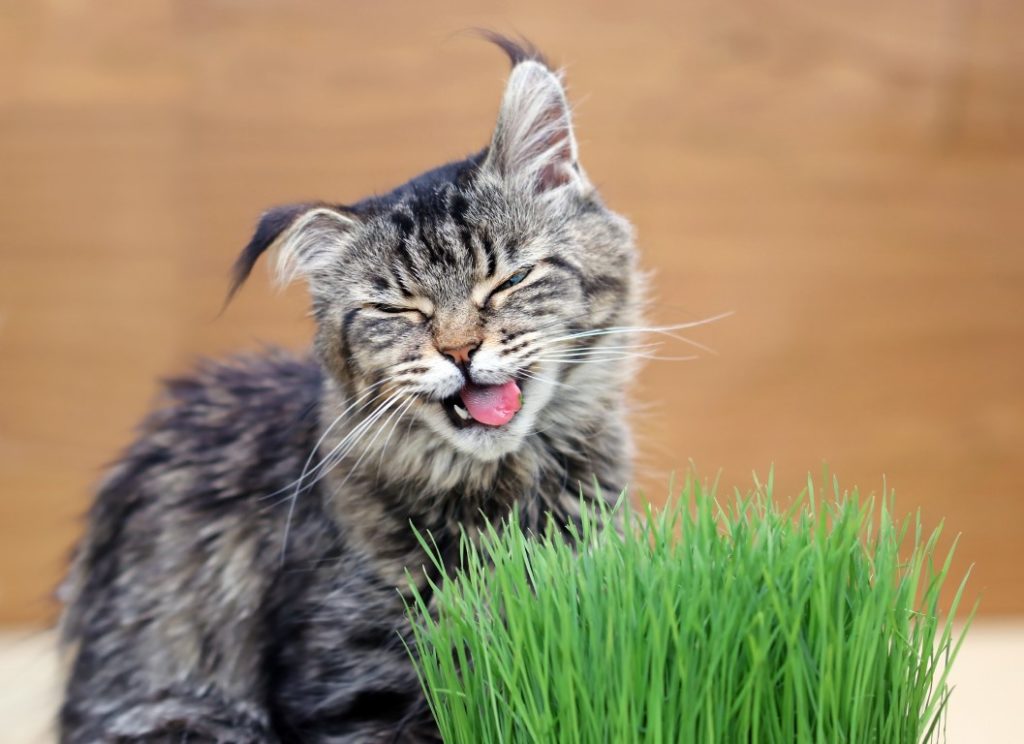
Quick tip: Place a shallow layer of decorative pebbles or aquarium gravel on top of potting soil. It keeps curious paws from digging and reduces the temptation to chew.
Lilies and bouquets: beautiful for us, dangerous for cats
Many mixed bouquets include toxic flowers like azalea, rhododendron, hydrangea, holly—and the most dangerous of all: true lilies (Lilium) and daylilies (Hemerocallis). For cats, every part of the lily can be hazardous: petals, leaves, stems, pollen, even the water in the vase.
Here’s the scary part: even a tiny exposure to lily pollen can lead to severe kidney failure. Cats can brush against a flower, groom themselves, and ingest enough to be at risk. Keep lilies and daylilies out of your home, garden, and balcony if you live with a cat.
Common mistake to avoid: assuming dried bouquets or lily-free petals are safe. Pollen lingers, and the vase water can still be toxic. Ask your florist to create a cat-safe bouquet—no lilies, no daylilies, no azaleas.
Symptoms of plant poisoning to watch for
- Digestive: drooling, loss of appetite, vomiting, diarrhea
- Neurological: lethargy, tremors, unsteady gait, seizures, vision changes
- Cardiorespiratory: rapid breathing, weakness, collapse
- Urinary/kidney (especially with lilies): increased thirst/urination at first, then decreased urination
Want to double-check that your cat’s diet supports a calmer tummy? Explore what a balanced feline menu looks like in what cats should really eat.
23 plants to keep away from your cat
These common indoor and outdoor plants can be toxic to cats. When in doubt, verify the scientific name before buying.
- Amaryllis (Amaryllis)
- Autumn crocus (Colchicum autumnale)
- Azaleas and rhododendrons (Rhododendron)
- Castor bean (Ricinus communis)
- Chrysanthemums (Chrysanthemum)
- Cyclamen (Cyclamen)
- Daffodils (Narcissus)
- Dieffenbachia (Dieffenbachia)
- English ivy (Hedera helix)
- Hyacinth (Hyacinthus orientalis)
- Kalanchoe (Kalanchoe)
- Lily (Lilium)
- Lily of the valley (Convallaria majalis)
- Cannabis (Cannabis sativa)
- Oleander (Nerium oleander)
- Peace lily (Spathiphyllum)
- Pothos/Devil’s ivy (Epipremnum aureum)
- Sago palm (Cycas revoluta)
- Spanish thyme (Coleus amboinicus)
- Tulip (Tulipa)
- Yew (Taxus)
- Poinsettia (Euphorbia pulcherrima)
- Jerusalem cherry (Solanum pseudocapsicum)
Surprising fact: Peace lilies aren’t true lilies, but they can still cause mouth irritation, drooling, and vomiting in cats due to insoluble calcium oxalates.
Safer greenery for a cat-friendly home
Offer irresistible alternatives so your feline doesn’t eye your pothos. Cat grass (oat, wheat, or barley sprouts) is a great start, and many cats enjoy catnip for enrichment.
Curious about the herb that makes so many kitties blissful? Here’s all about catnip—benefits, uses, and smart tips.
- Rotate fresh trays of cat grass to keep interest high.
- Place tempting safe plants on sturdy shelves out of pounce reach.
- Use heavy pots and stable stands; toppled pots are a cat classic.
Avoid this “hack”: essential oils on leaves or soil. Many essential oils are unsafe for cats; diffusing or applying them around plants can irritate airways or cause toxicity.
What to do if your cat ingests a toxic plant
Act fast. Call your veterinarian immediately if you suspect your cat chewed or licked a risky plant—don’t wait for symptoms. If you can, bring the plant label or a photo of the exact plant.
Your vet may induce vomiting, give activated charcoal, protect the stomach, or provide fluids and kidney support depending on the plant. Do not induce vomiting at home unless your vet specifically instructs you to do so.
To reduce future mishaps, keep a “cat-safe list” on your phone and share it with your florist, plant-loving friends, and pet sitters. And if kitty seems extra sleepy after a rough day of exploring, here’s why your cat sleeps a lot.
We’d love to hear from you
Know other plants to avoid or cat-safe favorites to recommend? Share them in the comments—your tips help the whole community of cat mums.
FAQ
Are lilies toxic to cats?
Yes. True lilies (Lilium) and daylilies (Hemerocallis) are extremely dangerous to cats. Even small exposures to pollen or vase water can cause acute kidney failure.
What are the first signs of plant poisoning in cats?
Common signs include drooling, vomiting, diarrhea, lethargy, and wobbliness. With lilies, increased thirst/urination can appear early, followed by decreased urination. Call your vet immediately.
Which houseplants are safer for homes with cats?
Consider cat grass, areca palm, parlor palm, calathea, and certain peperomias. Always confirm the scientific name before purchase to avoid lookalikes.
Is it safe to keep bouquets around cats?
Yes, if they’re cat-safe. Ask for bouquets without lilies, daylilies, azalea, or other toxic stems. Place arrangements out of reach and change the water often.


